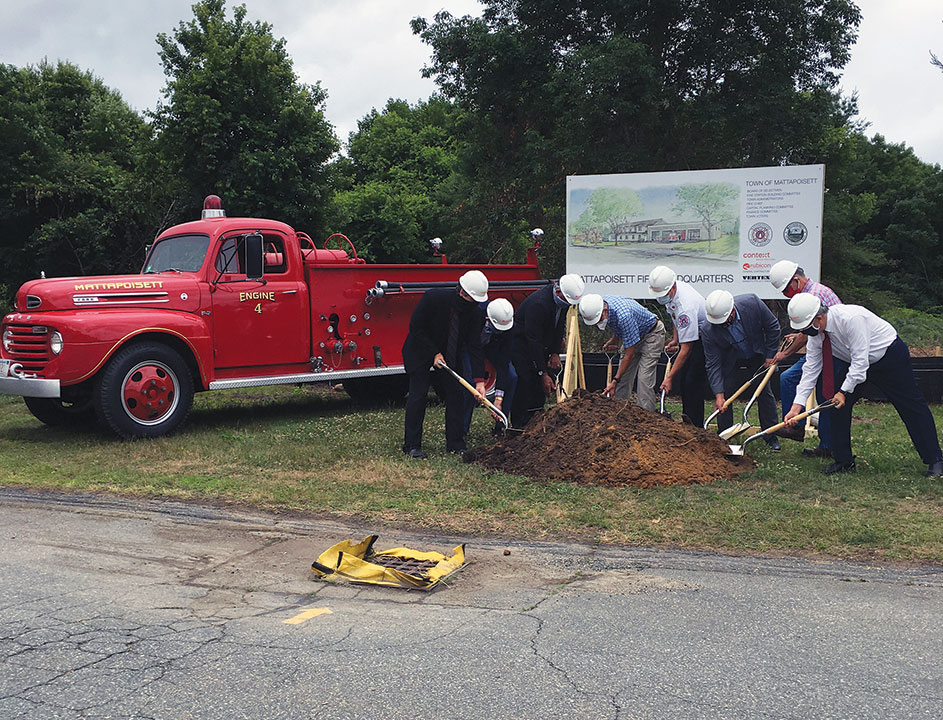Mary C. (Riley) Youngberg, 98, of Port Charlotte, FL and Wareham died June 30, 2020 at Lee Memorial Hospital in Fort Myers, FL after a brief illness.
Born in Buffalo, NY, daughter of the late Harry and Anna (Rutledge) Riley, she lived in New York City, Somerset, NJ and Barnegat, NJ and later summered in Wareham, MA and wintered in Port Charlotte, FL.
She was formerly employed by Johnson & Johnson for many years until her retirement. She enjoyed traveling, reading and doing puzzles.
She was a communicant of St. Anthony’s Church in Wareham and St. Charles Borromeo in Port Charlotte.
Survivors include her son, Robert Youngberg and his wife Vivian of Mattapoisett; a daughter, Diane Sivertsen of Jamesberg, NJ; 6 grandchildren, Alexander Youngberg, Riley Youngberg, Lily Youngberg, David Lamoureux, Jeffrey Lamoureux and Kenny Lamoureux; and 8 great-grandchildren.
She was the mother of the late Mary Ann Bulas. She was the last survivor of four sisters and three step brothers: Anna Ryan, Rosemarie Moore, Theresa Reilly, Harry Mahoney, Edward Mahoney and Daniel Mahoney.
Mary will be missed by her family and her many friends at The Mary Lu Park And the Royal Crest.
In lieu of flowers the family requests contributions to the National Breast Cancer Foundation, Inc. 2600 Network Boulevard Suite 300 Frisco, TX 75034.
Her private Funeral Mass will be celebrated at St. Patrick’s Church followed by burial in St. Patrick’s Cemetery. Arrangements are with the Saunders-Dwyer Mattapoisett Home for Funerals, 50 County Rd., Mattapoisett. For online condolence book, please visit www.saundersdwyer.com.



